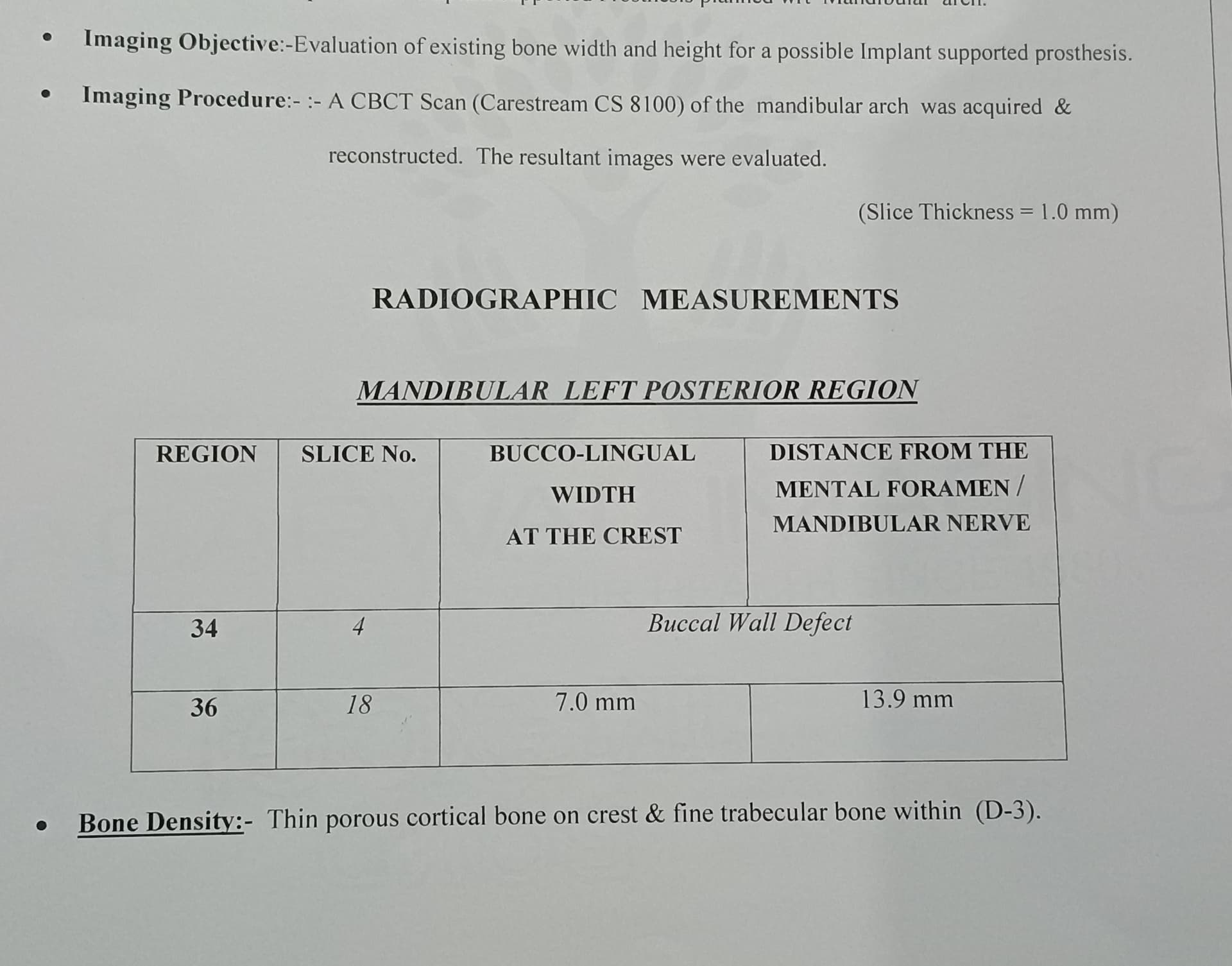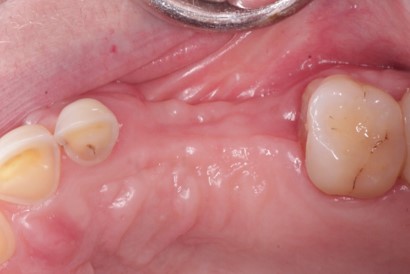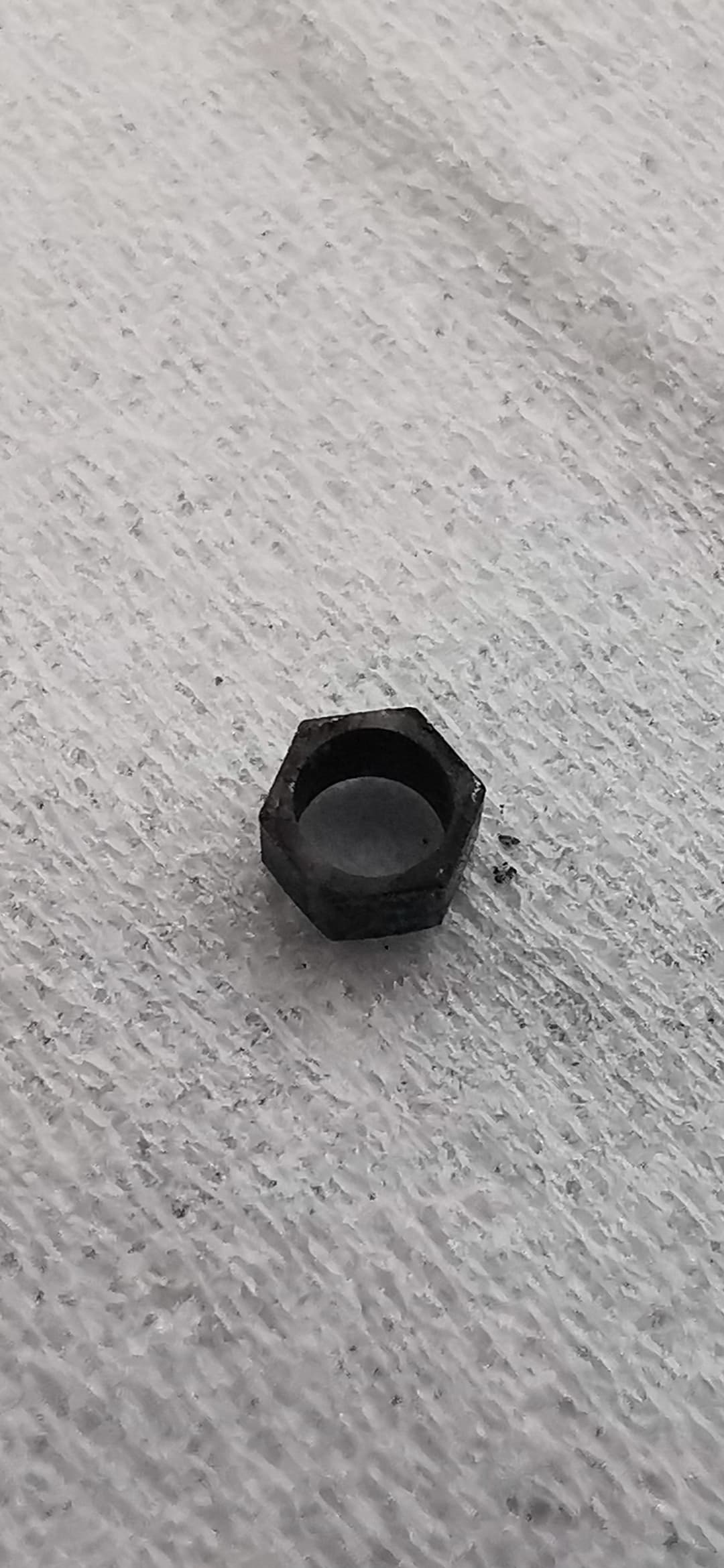Surgical guide with internal cooling: thoughts?
When using a surgical guide during dental implant placement, there are experiments that showed a significant increase in temperature was due to the guide blocking the cooling water from entering the hole. I have briefly demonstrated a simple technique in Dental Implant Placement and Lift with 3 Guide Tubes (see below also) to create a cooling channel under a surgical guide. This is for specific guides that are shown in the photos or in my video. I would like to get some comments before I make a video with the technique in detail.




 Video
Video
13 Comments on Surgical guide with internal cooling: thoughts?
New comments are currently closed for this post.
Dr. Gerald Rudick
5/31/2019
Excellent presentation, and a great idea to ensure the bone does not get overheated.....however in my hands, after the initial pilot hole is drilled using the guide, in the maxilla I prefer to use manual Osteotomes because there is no drilling or removal of bone ….and the Osteotomy with its expanded walls will engage the implant very tightly.
This technique, of a water cooled surgical guide will be very helpful in the dense mandibular bone.....
m
6/1/2019
that is great but do you do a crestal bone drill to ensure you are seated subcrestal?
I think your approach is great for D4 bone but does is work well in D2?
Mr SR
5/31/2019
Impressive , great presentation.
Well articulated with out a word !
Skill full and makes for a logical argument.
Dok
5/31/2019
I developed a surgical guide that incorporated an internal irrigating channel......years ago.
No interest by colleages left the technique abandoned. You may have more luck. E-mail me if you want to see the device.
Pankaj Narkhede
6/1/2019
Hi! Dok:
Awesome, My email is [email protected]
Please email me the device, That would certainly help my brain cells :-)
Ed Dergosits DDS
5/31/2019
Preparing an osteotomy with a surgical guide has always concerned me because it is obvious the saline coolant does not reach the drill where it is cutting. I have always modified the printed surgical guide to create a channel that my assistant can inject chilled saline through. Does it matter? I really do not know but I know it might help keep thongs cooler which is a very good thing.
Johay
6/1/2019
May I ask again : why not using drills with internal irrigation?
If not sure about cleaning you can single use them.
Pankaj Narkhede
6/1/2019
Hi! Dr. Johay:
According to my experiments -
Internal irrigation is great. But, how many kits have internal irrigation drills, especially drills used with surgical guide?
External irrigation with surgical guide works. BUT, the water is completely blocked as soon as the cylinders of the drill & guide come in contact. If you know what I mean.
Pumping action as discussed with Dr. CRS does work great. I would say constant pumping action. I don't know about you all but, I do tend to forget it while drilling
Internal cooling system works great with osseodensification drills when used with surgical guides.
I thank you all for the comments. Very helpful.
Whodat
6/1/2019
I have lost 2-3 implants because of that, And no telling how many that I have lost bone from around the collar of the implant. I always use internally irrigated drills. I also actually started just using a pilot opening in my guide. Once I have my angulation in depth that I no longer need the guide.I believe that it is a real problem.
CRS
6/1/2019
I have a confession to make, I don’t use internal irrigation, just a bit of external dripping, low speeds, tactile sense and pumping up and down to allow bone chips to clear. Drilling bone is not drilling enamel low speeds work well. There is a feel to it. Never lost an implant due to “overheating”. May want to think the technique. Agree with Gerry.
fred g
6/1/2019
CRS, Please let us know your protocol. What low RPM do you use in your technique?
CRS
6/3/2019
750-450 rpm. You're drilling living bone not enamel. The drill speeds are way too fast in the implant manuals. I rarely go over 800. You are irrigating to remove debris and blood for visualization. With versah you are spreading and compacting the bone not cutting.
DreamDDS
6/3/2019
I would like to hear from those who know the history of implantology and the design of the drill systems. I remember from late 80s. Nobel brought their system to US through the Montreal Conference in 82. Dr. Nesnick had his system, CoreVent?, Sustain et al.
I used Sustain and they had a very nice tri spade internal irrigated drill and the motor had external irrigation also. Nobel never had internal irrigation. I always asked reps why and they had no answer. I called a consulting Nobel doctor and he said it was because of the flute design to move bone up and out and lower heat? I now see many systems with no internal irrigation; is it because of cost? Would like to hear some history here, I took one of first AAID maxi course at UOP San Francisco in '88. Instructors included Dr. Misch as a young doctor, Jaime Lozada just out of grad school,
Charlie English prosthodontist, Jack Lemon, forensic implantologist, Dr. Larry Lum ran the 2 year course, and many more of the early leaders. This was a real history of implantologists.


















